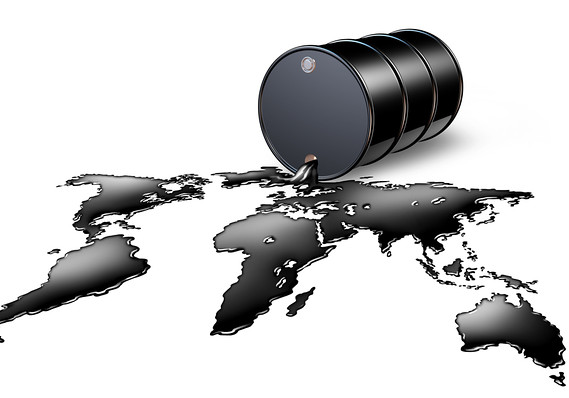
Lagos — “Crude oil prices have experienced significant volatility recently, reaching their highest levels in over a month due to rising geopolitical tensions. Donald Trump’s recent threat to bomb Iran and sanction Russian crude oil has sparked concerns in the markets, driving prices higher. Brent crude reached the $75.20 per barrel zone before undergoing a correction, while WTI hit the $72.00 level before pulling back. These movements reflect the market’s sensitivity to political news and its impact on the global crude supply.
One of the key factors in this movement has been the conflict in the Middle East. Israeli attacks in Beirut and the possibility of retaliatory action by Iran have increased uncertainty in the region. Potential sanctions against Russia have also drawn attention, as the country exports 7.4 million barrels daily, with China and India being its principal buyers. If these restrictions materialize, they could significantly change the oil market dynamics. Additionally, instability in these key crude oil-producing regions could lead to disruptions in the supply chain.
On the other hand, Iran also faces the risk of new sanctions that could impact its exports of 1.4 million barrels per day. This scenario contributes to uncertainty in the global crude oil supply, which has fueled speculation in energy markets. However, the possibility that these measures could affect global crude oil demand has limited price increases. In this context, investors remain attentive to government decisions and potential new diplomatic agreements that could influence market equilibrium.
Economic uncertainty also plays a crucial role in stabilizing crude oil prices. The Trump administration has announced plans to impose reciprocal tariffs, some as high as 50%, which could slow international trade and reduce energy demand. A slowdown in global economic growth would directly impact crude oil consumption, counteracting the upward pressure caused by geopolitical tensions. In this regard, the evolution of the global economy and trade policies will be key in determining the future direction of crude oil prices.
Additionally, OPEC+ plans to increase supply by 135,000 barrels daily in May. However, Kazakhstan may cut its production due to the partial closure of one of its export terminals. Meanwhile, U.S. crude inventories have shown a decline of 2.1 million barrels in the last week of March, suggesting increased short-term demand. Despite these movements, the balance between supply and demand remains fragile and will depend on political and economic factors in the coming months.
In conclusion, analysts point out that oil will remain under pressure in the coming weeks due to geopolitical uncertainty and the potential economic effects of new trade policies. While international conflicts may trigger price spikes, the possible slowdown in the global economy could limit their rise, creating a highly volatile oil market susceptible to sudden changes. In this scenario, investors and producers must assess strategies to mitigate risks and adapt to a constantly fluctuating market.”
Analysis by Antonio Di Giacomo, Financial Markets Analyst for LATAM at XS



